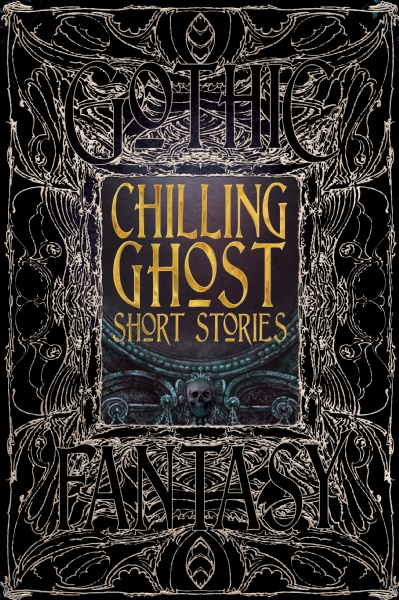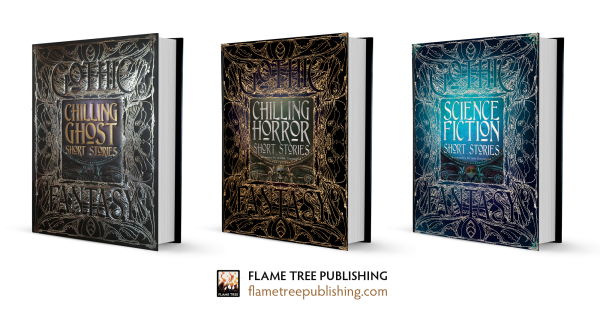Influenced by the gothic fiction tradition, ghost stories have long captivated audiences and readers, with ghostly beings so often fascinating precisely because of their ability to elude definition: obscurity and intrigue are necessary for the realm of ‘ghostliness’, and set ablaze the imagination as a result. Anything ‘supernatural’ seems at once displaced from yet close to reality, and it is this small shift, similar to Freud’s ‘uncanny’, which is so unsettling. The Victorian era – the supposed ‘golden age’ of the ghost story – lent itself well to the form. Roger Clarke (author of A Natural History of Ghosts: 500 Years of Hunting for Proof) has put this down to a number of reasons – such as it being the era of flickering gaslamps with possible hallucinogenic properties, an era also of large stately homes, with secret passageways for servants to flit through unseen by the guests of the house. This is also an age when representations of reality could be popularly captured through photography, giving rise to ‘spirit photography’ that distorted the reality captured in eerie and, at the time, convincing ways. We’re adding to our range of classic gothic novels with a series on short stories, and today’s blog will take an overview of ghost stories in particular, trying to snatch a glimpse of those many elusive ghosts that have graced pages in history.
Flame Tree Fiction
Topics: flame tree 451, Gothic Fantasy, Oscar Wilde
UPDATE: 2015 SUBMISSIONS ARE NOW CLOSED. THANKS TO EVERYONE WHO SUBMITTED. 2016 SUBMISSIONS ARE NOW OPEN.
Topics: flame tree 451, Short Stories, sf and fantasy
.png?width=3036&height=619&name=Beautiful%20books%2c%20Timeless%20storytelling%20(4).png)






